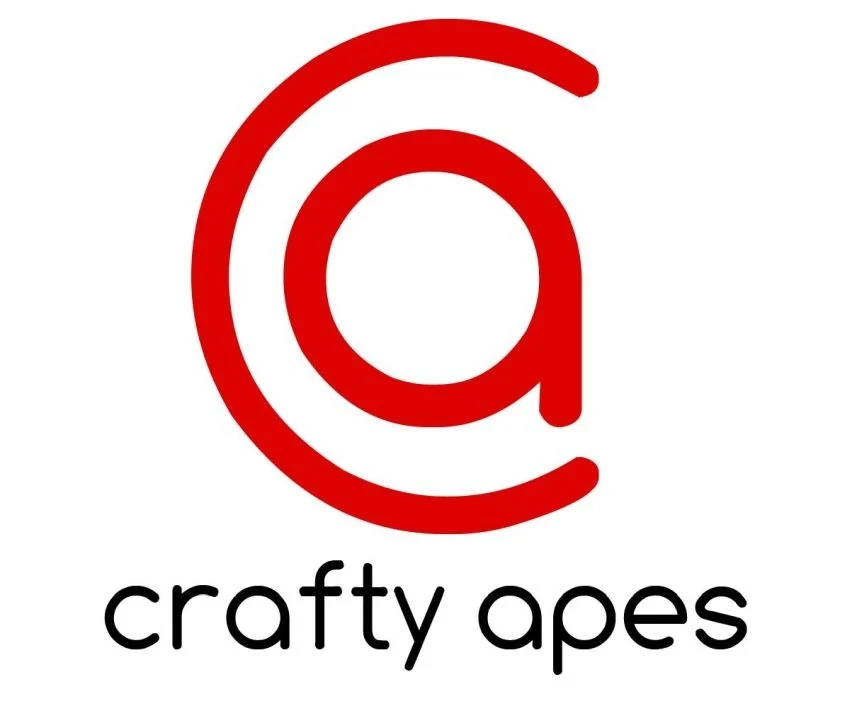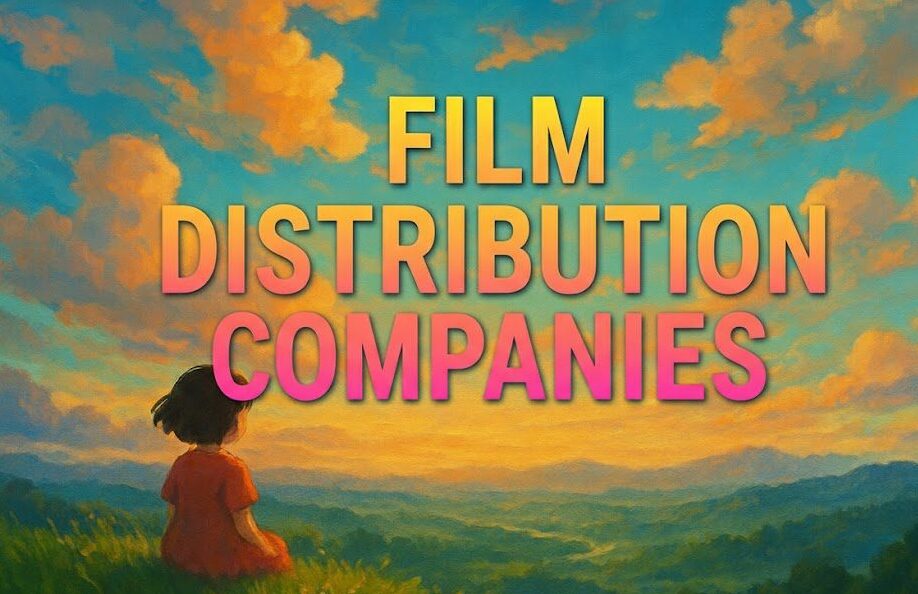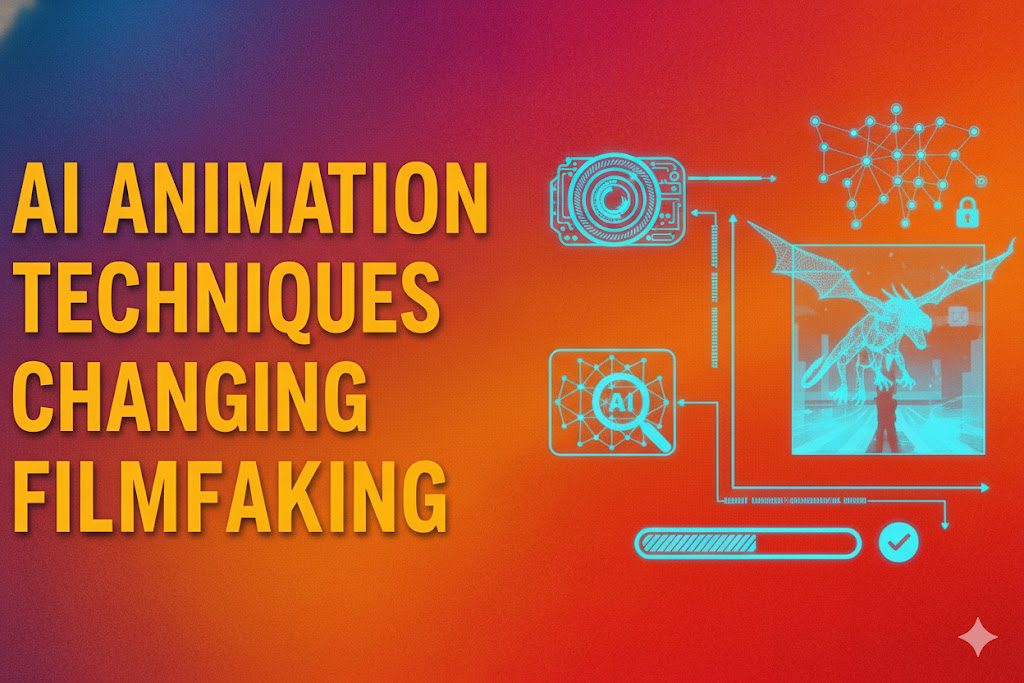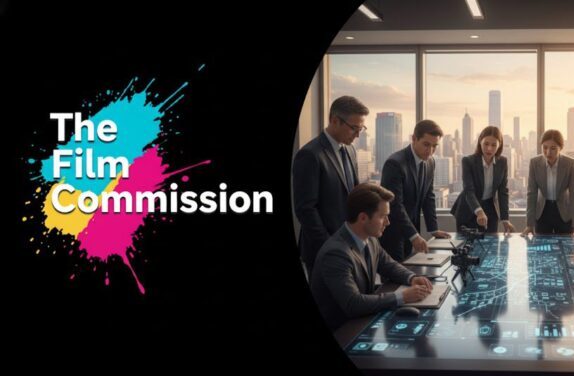Introduction
How much time have you wasted searching for the perfect executive to lead your next big project?
Finding a top-tier leader in specialized fields like Post-Production, VFX, or Localization can feel like searching for a needle in a haystack.
The old way—relying on outdated contact lists or word-of-mouth—is slow, risky, and often leads to costly hiring mistakes. Your entire project’s success hinges on this one decision, and the pressure is immense.
This is where a strategic approach to executive search for production services becomes a game-changer.
You’re not just filling a seat; you’re finding a visionary who can steer complex creative and technical workflows, manage huge budgets, and deliver on time. A bad fit doesn’t just mean project delays; it can damage your company’s reputation.
In this post, I’m going to walk you through a modern, data-driven framework to find and vet the perfect executive for your needs. We’ll ditch the guesswork and replace it with a clear, actionable strategy that delivers results.
Table of content
- Introduction
- Key-Takeaways
- Step 1: Ditch the Vague Job Description – Define Your Ideal Leader
- Step 2: Go Beyond LinkedIn – Hunt Where the Real Talent Lives
- Step 3: Vet for Results, Not Just a Rolodex
- Step 4: The Fit Interview – Assessing Workflow and Cultural Alignment
- How Vitrina Streamlines Your Executive Search
- Conclusion
- FAQs
Key Takeaways
| Strategy | Why It Matters | Actionable Tip |
|---|---|---|
| Define the Role Beyond the Title | A generic job description attracts generic candidates. Specificity is key. | Outline the 3 most critical project outcomes the executive must achieve in their first year. |
| Leverage Data, Not Just Gut Feel | Instinct is good, but data is better. Track records and verified credits prevent costly mistakes. | Use a professional database to verify a candidate’s project history and successes. |
| Assess Cultural and Workflow Fit | Skills are only half the equation. The right leader must align with your team’s workflow and communication style. | Ask scenario-based questions like, “How would you handle a major client-requested change mid-project?” |
| Look for Global & Remote Leadership Skills | Modern productions are global. Your leader needs proven experience managing distributed teams effectively. | Prioritize candidates who have successfully delivered projects with teams across multiple time zones. |
Is your project's success riding on one key hire?

Step 1: Ditch the Vague Job Description – Define Your Ideal Leader
You can’t find a world-class leader with a world-classly boring job description.
Before you even think about searching, you need to define exactly who you’re looking for. And I don’t just mean “Head of Post-Production.”
Get specific. What are the non-negotiables?
-
- Project Scope: Are they overseeing a $50 million animated feature or a fast-turnaround episodic series? The required experience is vastly different.
- Technical Expertise: Do they need deep knowledge of a specific pipeline, like Unreal Engine for virtual production or complex cloud-based localization platforms? Write it down.
– Leadership Style: Are you a creatively-led studio that needs a collaborative mentor, or a metrics-driven organization that needs a process-oriented operator?
Think of it like a buyer’s brief. The more detailed your requirements, the more filtered and high-quality your potential candidates will be. Stop attracting dozens of unqualified applicants and start targeting the few who are a perfect match.
Step 2: Go Beyond LinkedIn – Hunt Where the Real Talent Lives
Relying solely on LinkedIn for an executive search for production services is a rookie move. The best executives are often not actively looking for a job. They’re busy delivering incredible work. So, where do you find them?
You need to look at the work itself. This means shifting from a “candidate search” to a “project search.”
Find the Leaders Behind Successful Projects
Start by identifying recent projects—films, series, or games—that you admire and that are similar in scope and quality to your own. Look for projects that:
- Pushed creative boundaries in VFX.
- Managed complex, multi-language localization seamlessly.
- Delivered exceptional post-production quality on a tight budget or schedule.
Once you have a list of projects, dig into the credits. Find the VFX Supervisor, Post-Production Supervisor, or Head of Localization for those projects. These are the people with proven, recent, and relevant experience. They are your A-list candidates.
Step 3: Vet for Results, Not Just a Rolodex
A great resume is nice, but a great track record is everything. Don’t be swayed by a long list of impressive studio names. You need to verify the results they delivered at those studios.
When you connect with a potential candidate, your questions should be focused on tangible outcomes. Here’s a simple framework:
| Area of Inquiry | Bad Question | Good Question |
|---|---|---|
| Budget Management | “Did you manage budgets?” | “Walk me through a project where you came in under budget. What specific strategies did you use?” |
| Problem Solving | “Are you a good problem-solver?” | “Tell me about the biggest technical or creative challenge on your last project and how you solved it.” |
| Team Leadership | “What’s your leadership style?” | “Describe a time you had to motivate your team through a period of intense crunch. What was the outcome?” |
This approach forces candidates to provide concrete evidence of their skills. It separates the talkers from the doers.
Can't find leaders with the right experience?

Step 4: The Fit Interview – Assessing Workflow and Cultural Alignment
You can have the most skilled executive in the world, but if they don’t mesh with your company culture and workflow, they will fail. The final step is all about assessing fit.
The goal here is to simulate real-world challenges they would face in the role. Present them with a hypothetical (but realistic) scenario.
For example:
- For a VFX Supervisor: “We just received feedback from the director that a key CG character isn’t emotionally resonant enough. We have two weeks until the final delivery. What’s your plan?”
- For a Head of Localization: “A key territory just passed a new compliance law that impacts our dialogue. The series is already dubbed in 12 languages. How do you handle this?”
Their answer will reveal more than any generic interview question. You’ll see their problem-solving process, communication style, and ability to perform under pressure. This is how you ensure you’re hiring a true partner, not just a contractor.
How Vitrina Streamlines Your Executive Search
Tired of manual searches and endless vetting? This is where a platform like Vitrina becomes indispensable.
Vitrina isn’t a headhunting agency; it’s a powerful market intelligence platform for the entire media supply chain. For an executive search for production services, it allows you to move from guesswork to a data-driven strategy.
You can instantly identify the companies and people behind the world’s leading productions. By tracking thousands of projects in Post, VFX, and Localization, Vitrina’s Project Tracker helps you discover the proven leaders with the specific experience you need, backed by a portfolio of verified work.
It connects you directly to the talent behind the success stories, cutting your search time from months to days.
Conclusion
The success of your productions depends on the strength of your leaders. By abandoning outdated hiring methods and adopting a strategic, data-centric approach, you can eliminate the guesswork from your executive search process.
Define the role with precision, hunt for talent based on proven project success, vet for tangible results, and interview for cultural fit. This is the formula for finding executives who don’t just fill a role but elevate your entire production.
What’s the first strategy you’re going to try? Let me know in the comments.
Ready to stop searching and start finding? Build your global M&E supply chain and connect with world-class talent and vendors. Get your Vitrina Membership today and gain the competitive edge your productions deserve.
Frequently Asked Questions
Traditional headhunters work from a private network and charge a high percentage-based fee. A platform like Vitrina provides direct access to a global database of companies and projects, empowering you to discover and connect with talent based on verified data and track records, making the process faster and more transparent.
Ask for specific examples of projects they managed with distributed teams. Inquire about the tools and communication protocols they used to keep everyone aligned across different time zones. Look for experience with platforms like Asana, ShotGrid, or Frame.io and a clear strategy for virtual collaboration.
Look for titles like “Post-Production Supervisor,” “Head of Post-Production,” or “DI Producer” on projects with a similar budget, genre, and scale to your own. Pay close attention to their experience with specific workflows you require, such as 4K/HDR, Dolby Atmos, or complex VFX integrations.
It’s very important, but it shouldn’t be the only factor. A great leader builds new relationships, not just relies on old ones. Vitrina’s platform can complement their network by providing access to a wider, global pool of vetted vendors, ensuring you always get the best team for the job, not just the most familiar one.






































